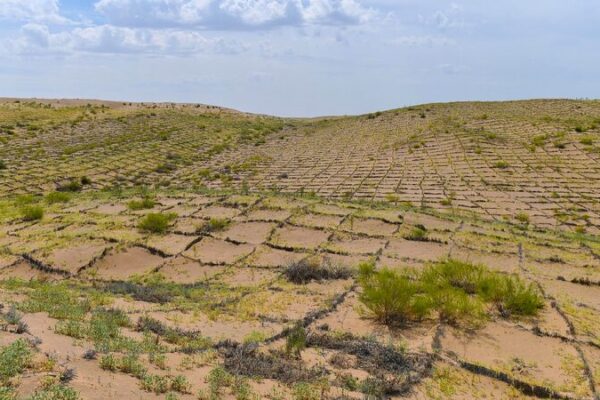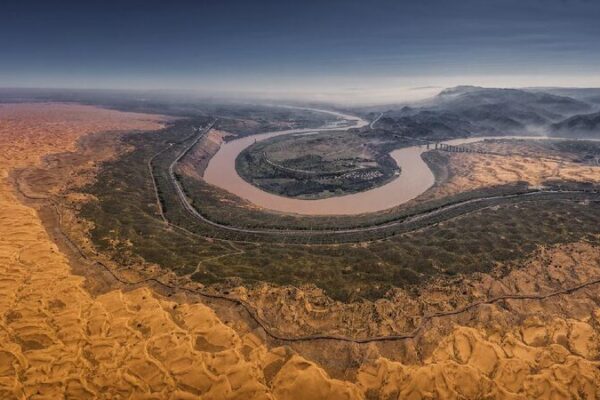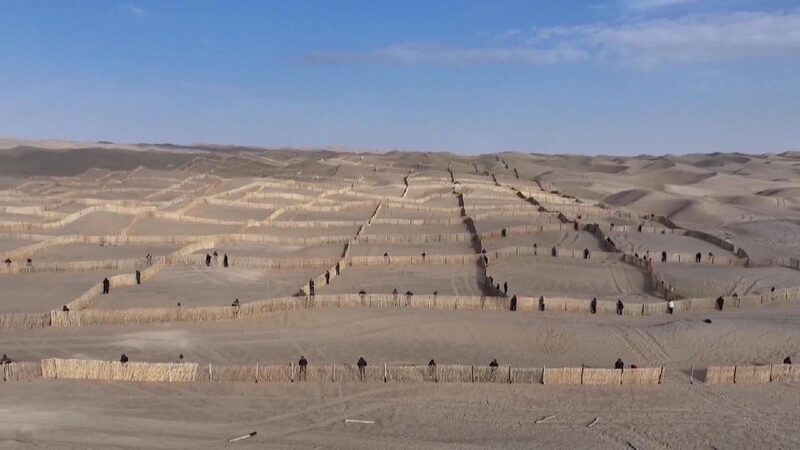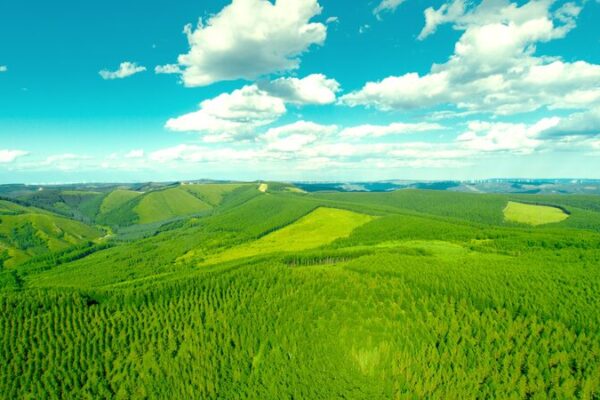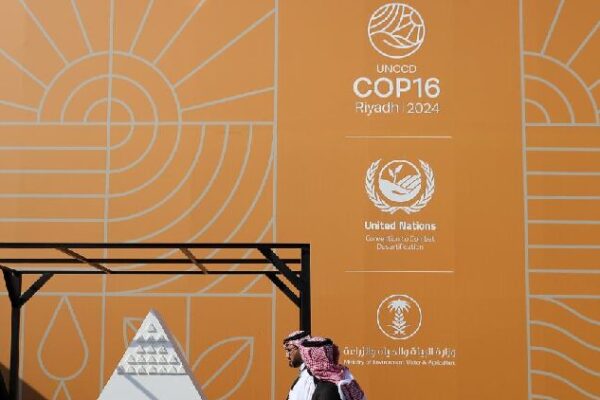Weaving a ‘Green Scarf’ Around Xinjiang’s Taklimakan Desert
In the heart of China’s northwest lies the Xinjiang Uygur Autonomous Region, a land of stunning mountains, vast rivers, and fertile oases. Yet, this breathtaking region faces a relentless challenge: the encroachment of the Taklimakan Desert, China’s largest desert.
For centuries, the shifting sands of the Taklimakan have threatened to overrun oases and erode the landscape. But a remarkable transformation is underway. Over the past 40 years, a massive 2,761-kilometer-long green shelterbelt has been established around the desert, part of the ambitious Three-North Shelterbelt Forest Program. This “green scarf” is effectively securing the sands, preventing them from spreading further.
The Three-North region—comprising Northwest, North, and Northeast China—contains 84% of the country’s desertified land. Launched in 1978, the Three-North Shelterbelt Forest Program aims to combat desertification and has now entered a critical phase. Only 285 kilometers remain to complete the shelterbelt around the Taklimakan Desert, a goal set to be achieved within the year.
One of the key strategies in weaving this “scarf” involves planting sand-resistant vegetation. In a botanical garden deep within the desert in Bayingolin, over 200 species of plants, such as winterberry euonymus and Fraxinus bungeana, are cultivated across 121 hectares. Researchers select the hardiest species to transplant into the desert, where they act as guardians against the advancing sands.
Another innovative approach is the introduction of economic crops suited for arid conditions. Crops like desert-tolerant corn, alfalfa, and Chinese jujube not only help to stabilize the soil but also provide income for local communities. This creates a positive cycle where environmental protection and economic development go hand in hand.
Moreover, photovoltaic sand control methods are being implemented. By installing solar panels in strategic areas, wind speed at the surface level is reduced, minimizing sand movement. This approach not only aids in desert stabilization but also generates clean energy, offering a dual benefit for the region.
The battle against desertification in Xinjiang is a testament to human determination and innovative environmental management. As the final stretch of the “green scarf” is woven, Xinjiang moves closer to securing a sustainable future where nature and human activity coexist in harmony.
Reference(s):
Battle in the sea of sand: Weaving a "green scarf" for Xinjiang
cgtn.com


